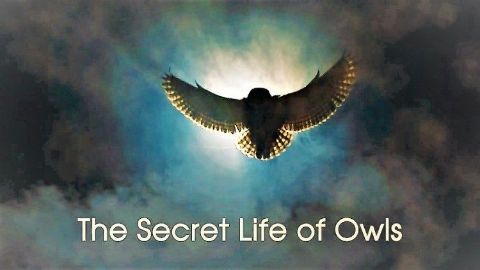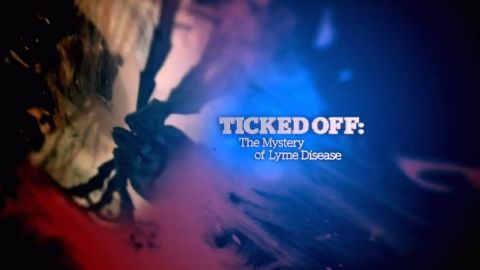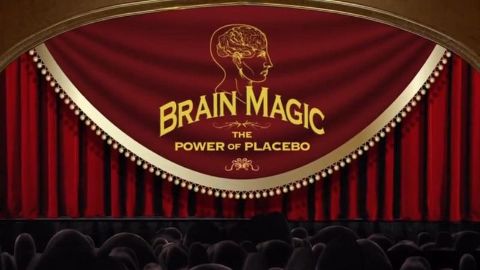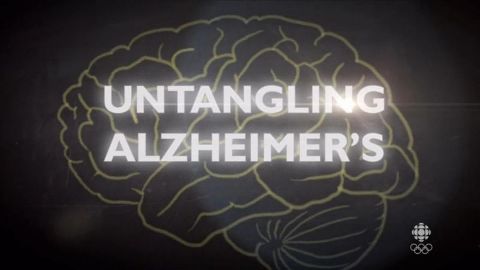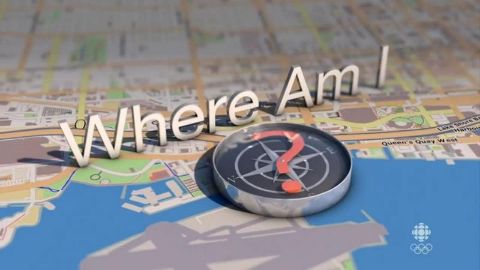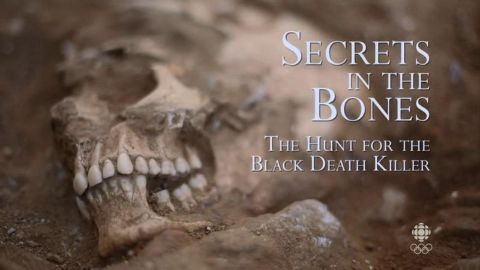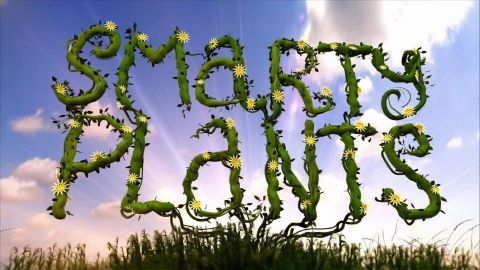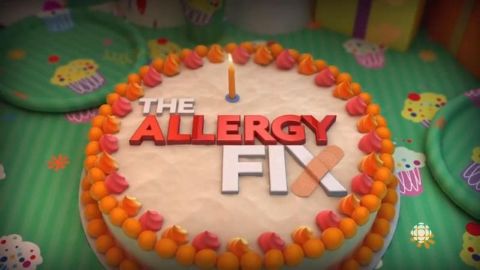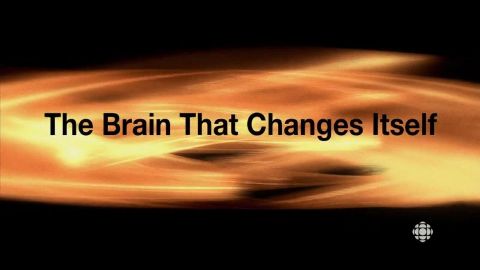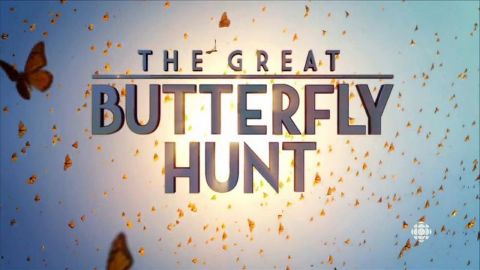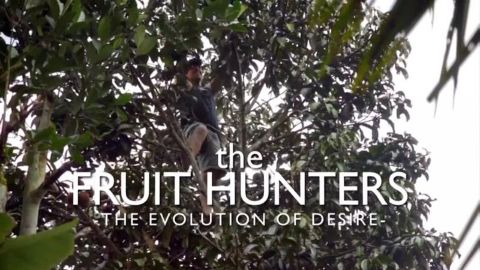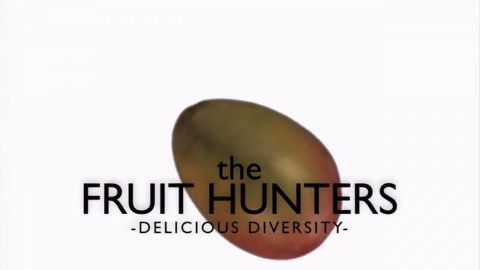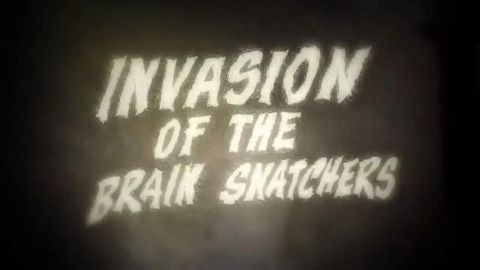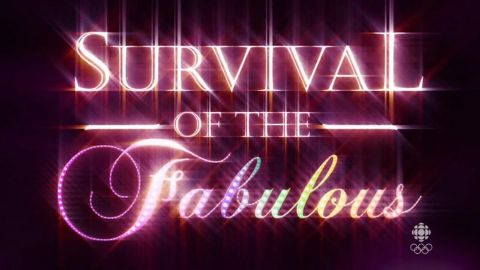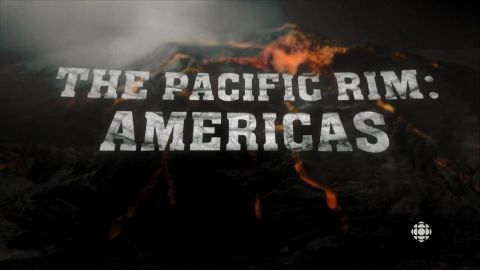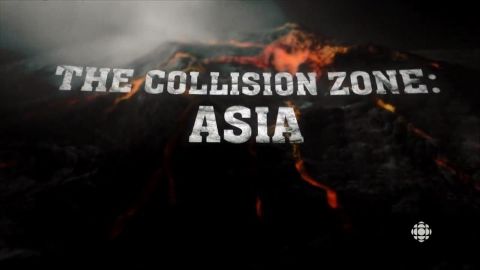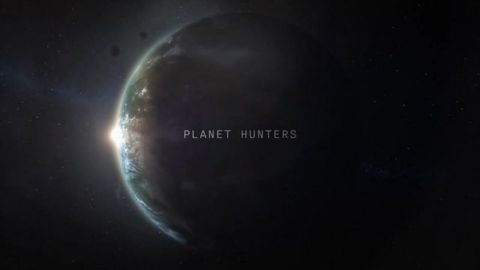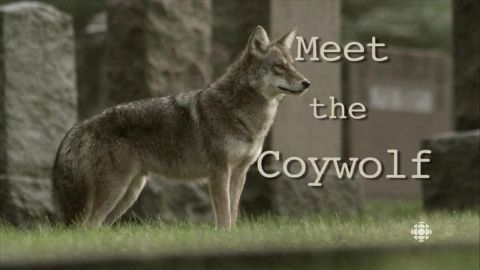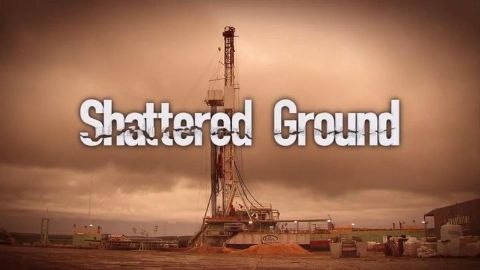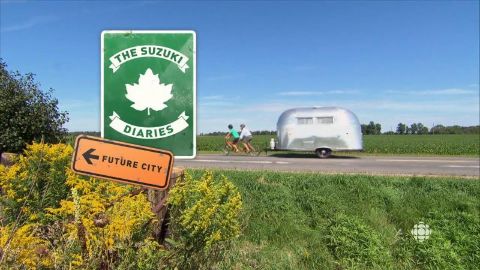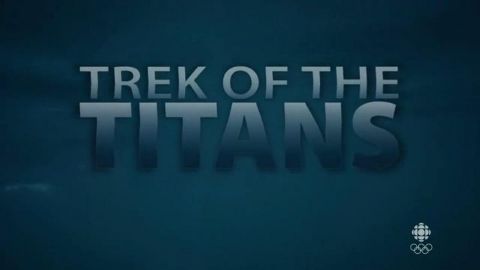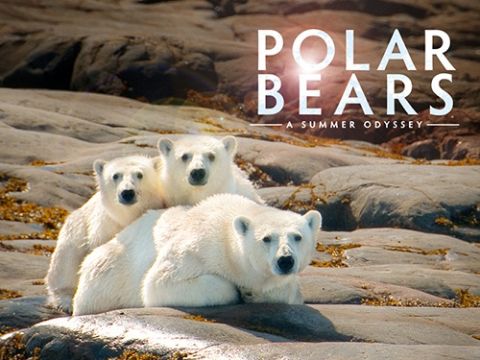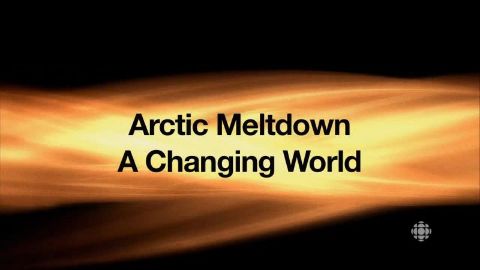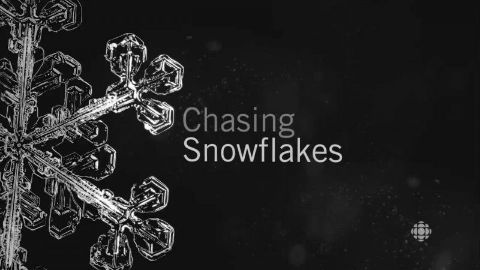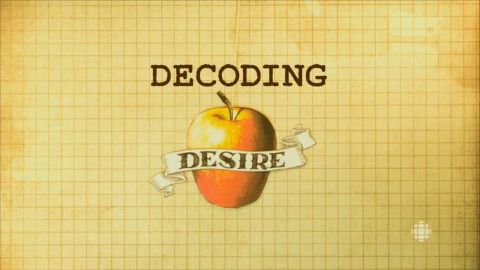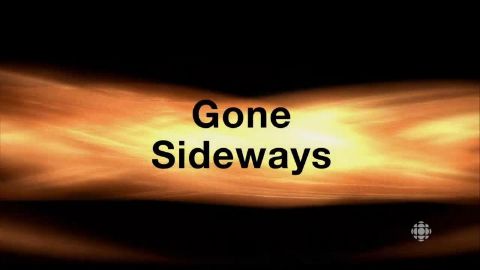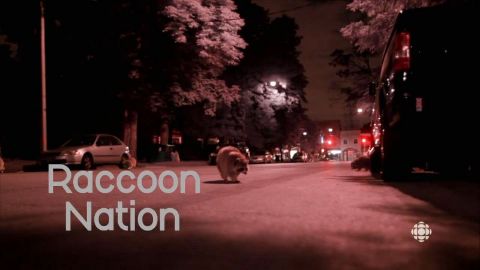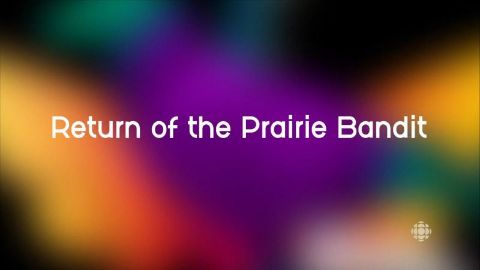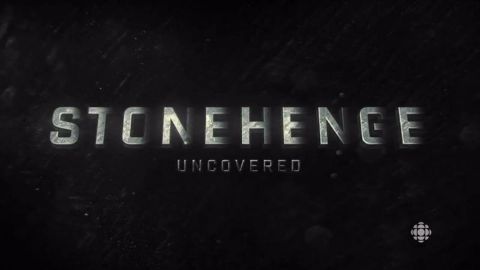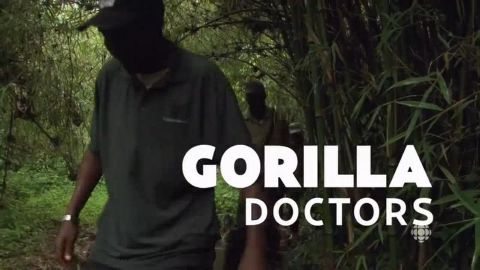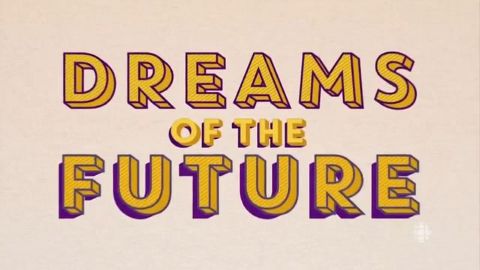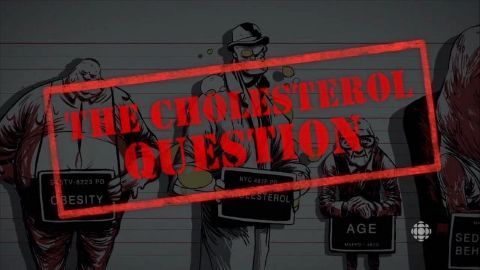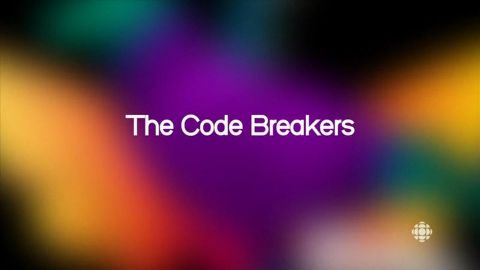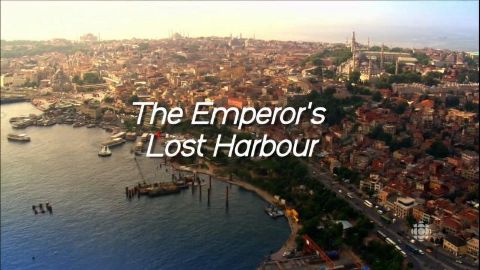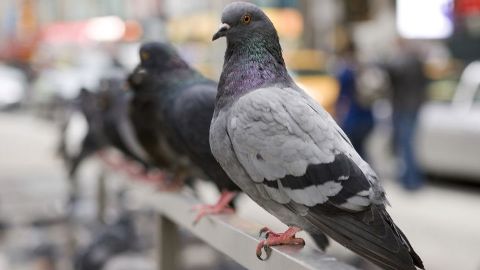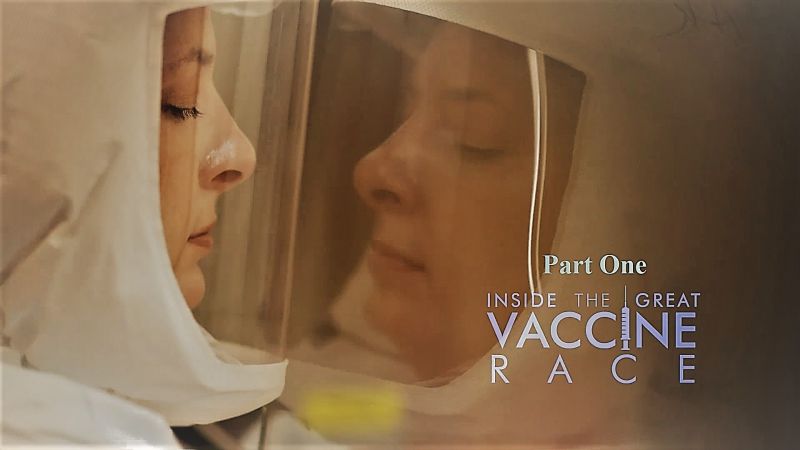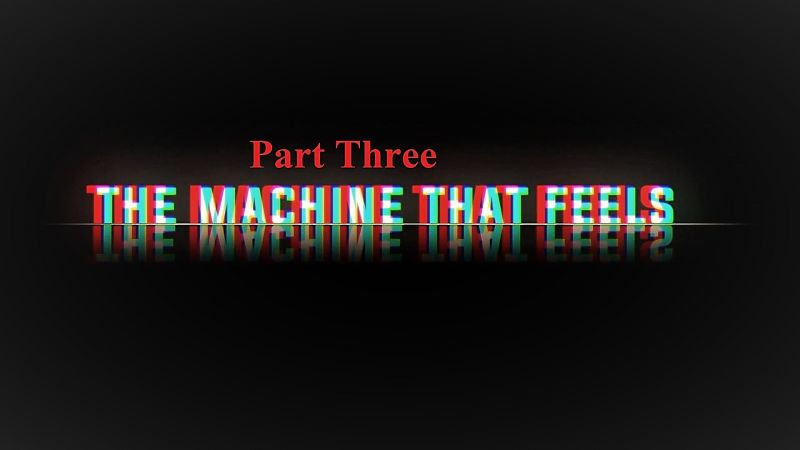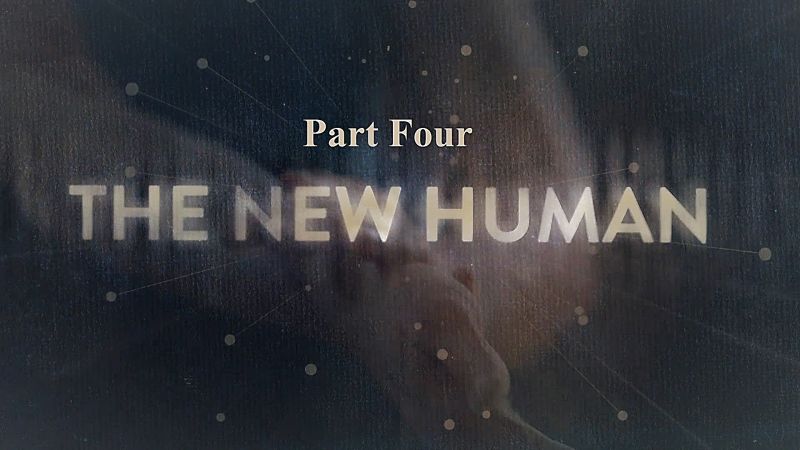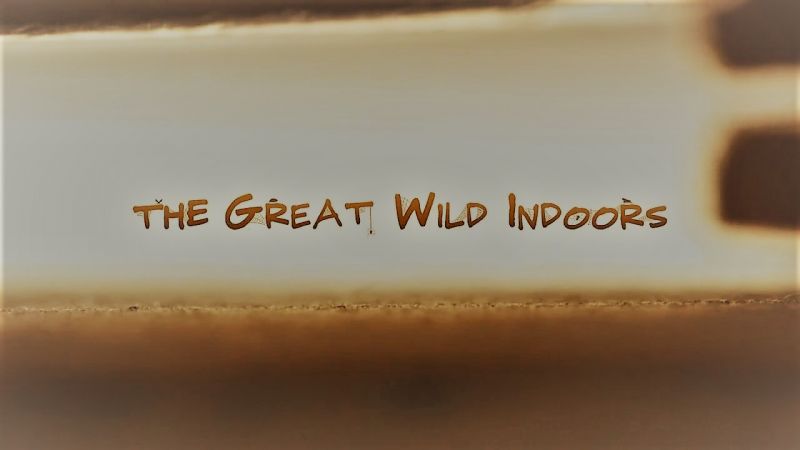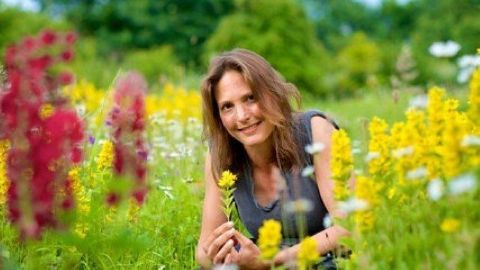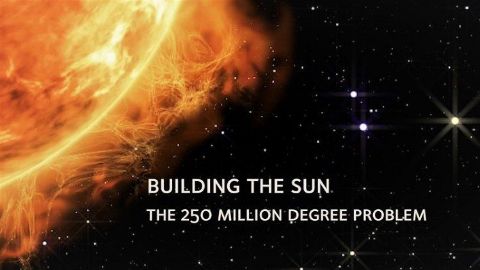Where Am I • 2013 • episode "S53E09" • The Nature of Things
Where Am I? Is a new documentary about the skills we use to find our way around. Whether you are an Inuit hunter, a foraging insect, or just someone out for a stroll, your brain is performing one of its most fundamental services – it’s navigating. Why are some of us good at finding our way, while others are not? Good navigators are able to use both memory and imagination…remembering where they have been, and imagining where they’re going. Some researchers believe we build a cognitive or mental map when we navigate, a kind of bird’s eye view of our surroundings, a view that can be rotated and examined in our mind. There has been about sixty years of argument amongst scientists about whether humans and other mammals actually form these cognitive maps or not. The advent of GPS or Global Positioning Systems has changed the discussion about navigation. GPS triggers a simpler, more automatic navigational technique that does not involve building a mental map. With GPS, we simply respond to directions and may not truly understand where we are.
Make a donation
Buy a brother a hot coffee? Or a cold beer?
Hope you're finding these documentaries fascinating and eye-opening. It's just me, working hard behind the scenes to bring you this enriching content.
Running and maintaining a website like this takes time and resources. That's why I'm reaching out to you. If you appreciate what I do and would like to support my efforts, would you consider "buying me a coffee"?
Donation addresses
BTC: bc1q8ldskxh4x9qnddhcrgcun8rtvddeldm2a07r2v
ETH: 0x5CCAAA1afc5c5D814129d99277dDb5A979672116
With your donation through , you can show your appreciation and help me keep this project going. Every contribution, no matter how small, makes a significant impact. It goes directly towards covering server costs.
